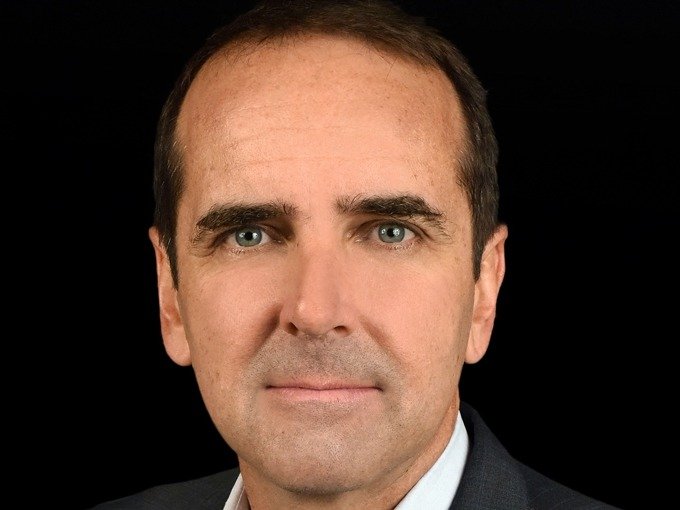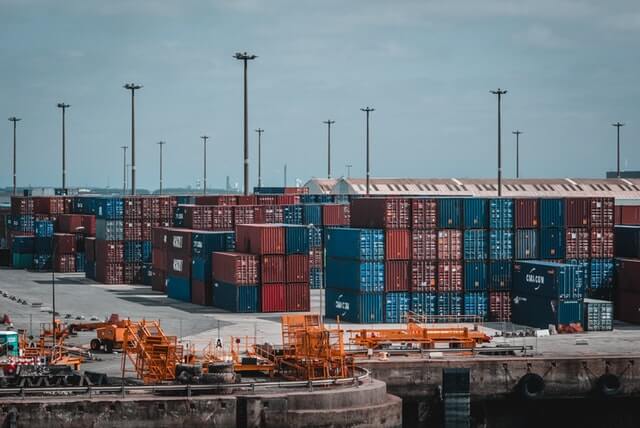Douglas Owen is the Secretary-General at the Bureau International des Containers. Owen joined the BIC as Deputy Secretary-General and has been working with them since 2012. His work at the BIC involves safety, security and sustainability in the industry.

Hi Douglas, can you, first of all, give us a brief introduction of what you do at the BIC and what the goal of the BIC is?
I have the honour of running one of the oldest organizations in our industry, including day-to-day operations and implementing the strategy developed with our board of directors. The BIC’s goal is to promote safety, security, standardization and efficiency in our industry.
How has the BIC evolved over the last five years?
We are more engaged than ever with the industry, with other associations, with our members, and with the international organizations such as the IMO, WCO and UN/Cefact. To take the example of the WCO, we have worked closely with most of the top 5 carriers, in developing a position paper regarding customs treatment of tracking devices. We also continue to argue the importance of this issue on behalf of our members. At the IMO, we recently co-sponsored an important paper with all of our industry partners to align the CSC with current standards for container stacking weight. And of course, we continue to operate the Global ACEP Database. And at UN/Cefact, we have recently been granted official NGO observer status. We are active as well on things like the re-engineering of the UN Locodes system, as well as the BIC Container Facility Code – which is now a child code of the UN Locode.
Boxtech is becoming an important registry for the industry. Why do customers like CMA CGM, Maersk and MSC use Boxtech and how do they implement it in their daily business?
What is perhaps more interesting is, the question of how their customers and various partners are utilizing the data. Utilizing the BoxTech API, anyone can use the data source to feed key technical information like size-type and tare weight right into their systems. This allows companies to work more efficiently and avoid having to go search for this information. This, in turn, helps make the carriers more efficient. Everyone wins.
But the carriers are also the database for risk-avoidance. By registering the sale of containers when they leave the fleet, they can protect themselves against accidents or claims, in case the sold containers still carry their markings. We’re also now working with some of the majors on expanding this functionality to help protect carriers from Customs claims involving containers.

Data standards are one of the biggest challenges in shipping and organizations like the DCSA already try to streamline data and bring everyone on the same page. How can the BIC contribute to data standards and what needs to happen, according to you, until we reach a level where seamless data integration is possible?
This is an exciting time when it comes to standardization and we were the first to welcome the arrival of the DCSA. The BIC has played a major role in standardizing since the very beginning of the industry – even before the BIC Code register standardized container identification nearly 50 years ago. We have also been drivers and supporters of ISO and UN/Cefact standards development since the beginning. What is important about the arrival of the DCSA is the arrival of discipline among the carriers in implementing standards fully. One of the challenges over the past several decades has been that many carriers have adopted various interpretations of standards, that in the end – there is no standard. Message formats are adapted and become bespoke, facility codes are simply home-baked, and the result is that the entire ecosystem becomes less efficient: Terminals, depots, motor carriers, software providers – everyone has to perform mappings and other adaptions to make the whole thing work. This is a drag on efficiency and a hindrance to innovation.
We are helping standardization efforts in a number of areas, for example by bringing carriers together in a harmonization project to standardize the facility codes used for depots, M&R vendors, factories, rail facilities, etc. and to attach reliable geo-coordinates to each facility. In the Scandinavia to Med corridor, we conducted a harmonization project as a test case, utilizing a combination of AI tools, web resources and human intervention – and this has been a very encouraging model for how to proceed in the future. Allowing all parties (carriers, truckers, shippers, authorities, software solutions, tracking devices, etc.) to refer to a container facility by a single code – and to have geo-coordinates attached to that facility on an API-accessible platform. We feel this will bring tremendous efficiencies. And once we include the geo-fencing, we will introduce tremendous benefits for anyone utilizing tracking devices.
As for BoxTech, we were pleased to see that the industry’s top data standard experts actually chose our API to present as a prime example of best practice at the UN/Cefact forum last week in London. In fact, we saw our work appearing in at least three presentations made by various experts.
How can especially SMEs in our industry benefit from new technologies without having to wait until the big brands finally agree on common standards?
First, I would say just by gaining awareness of what is already available and by getting started, whether it’s commencing use of standard APIs being developed for web developers on edi3.org, using linked data resources like BoxTech, or equipment resources like Container xChange. Even it is just a small pilot or trial, it’s important to get moving and get involved! Communicate with carriers about what you need to work efficiently. And then participate in the process. Good standards get built when the right people show up with the expertise and industry needs. Whether it’s at UN/Cefact or the ISO TC104 working groups or the DCSA – there must be broad and active participation from industry experts throughout the supply chain.
